Special Report
24 Rookie Mistakes to Avoid When Roasting a Turkey
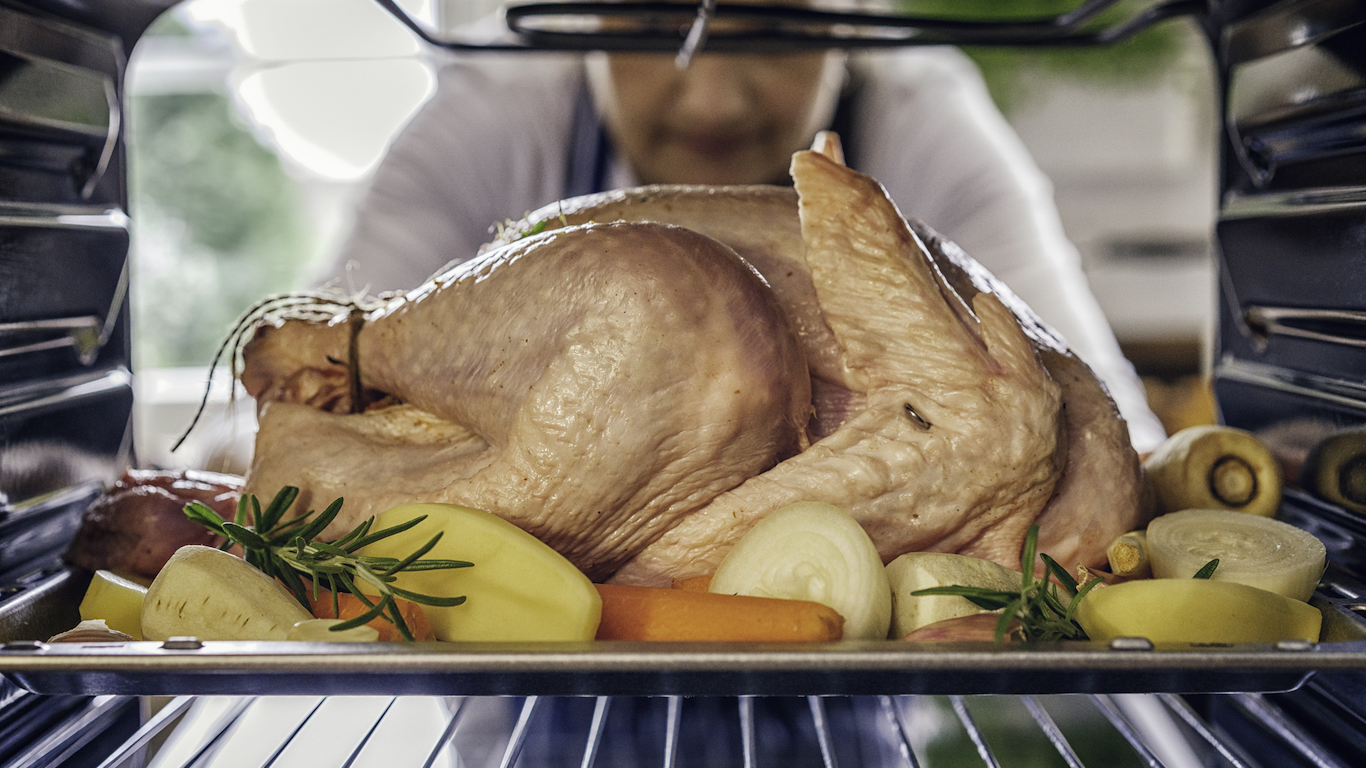
Published:
Last Updated:

Though other options are available (goose, duck, capon, even tofurkey), most people who cook Thanksgiving dinner roast a turkey.
For much of the year, when we eat turkey, it’s in the form of sliced deli meat or maybe burgers or sausages (or one of those jumbo salt-brined drumsticks that are popular concession foods at Disney parks). As a holiday centerpiece, though, nothing but a whole bird — theoretically roasted to a succulent golden brown — will do.
And how hard can that be? You buy a bird, put it in a roasting pan, stick it in the oven, consult one of those minutes-per-pound charts, set the temperature and the timer, and then wait for the perfect result, right?
Well, not exactly. In fact, while roasting a turkey is a fairly simple process, like most simple tasks, it’s only simple if you know how to do it right.
The United States is the largest turkey-producing country in the world and the largest exporter of turkey products. Roast turkey is such an iconic holiday food in this country that there are whole websites dedicated to revealing everything you need to know about the holiday bird.
Even digests of turkey lore don’t always cover all the bases, though — and there’s a lot of conflicting information (and misinformation) out there about exactly how to best produce a beautiful and delicious Thanksgiving bird.
Click here to see 24 rookie mistakes to avoid when roasting a turkey.
Turkey is generally one of the least expensive parts of a holiday meal. The most recent USDA figures show an average price of 75 cents per pound for frozen birds this year (so a 12-pound example, big enough to generously feed eight, would only cost $9). Fresh birds and specialty choices — like organic or wild turkeys — typically cost more, though they still won’t break the bank. (Here is how the cost of a Thanksgiving dinner has changed since the 1940s.)
Though your holiday turkey may not cost a lot, you don’t want to mistreat it. 24/7 Tempo consulted numerous top cooking websites and considered the recommendations of some of America’s best chefs to come up with this list of common errors made by home cooks when roasting a turkey, together with advice on how to avoid them.
If you’re hosting Thanksgiving dinner for friends and/or family, you’ve got enough details to be concerned with without worrying about the main course. Here are 14 mistakes to avoid when throwing a holiday party.

Buying the wrong size bird
When it comes to a holiday feast with lots of guests, it’s always better to have too much food than too little. Turkeys are sold by weight, so, remembering that the bird’s bones will account for a lot of the total, figure about 1½ pounds per person (so a 12-pound turkey for eight guests, for instance). This will ensure that nobody goes hungry — and that there are leftovers, which are one of the best things about a Thanksgiving feast anyway.
[in-text-ad]
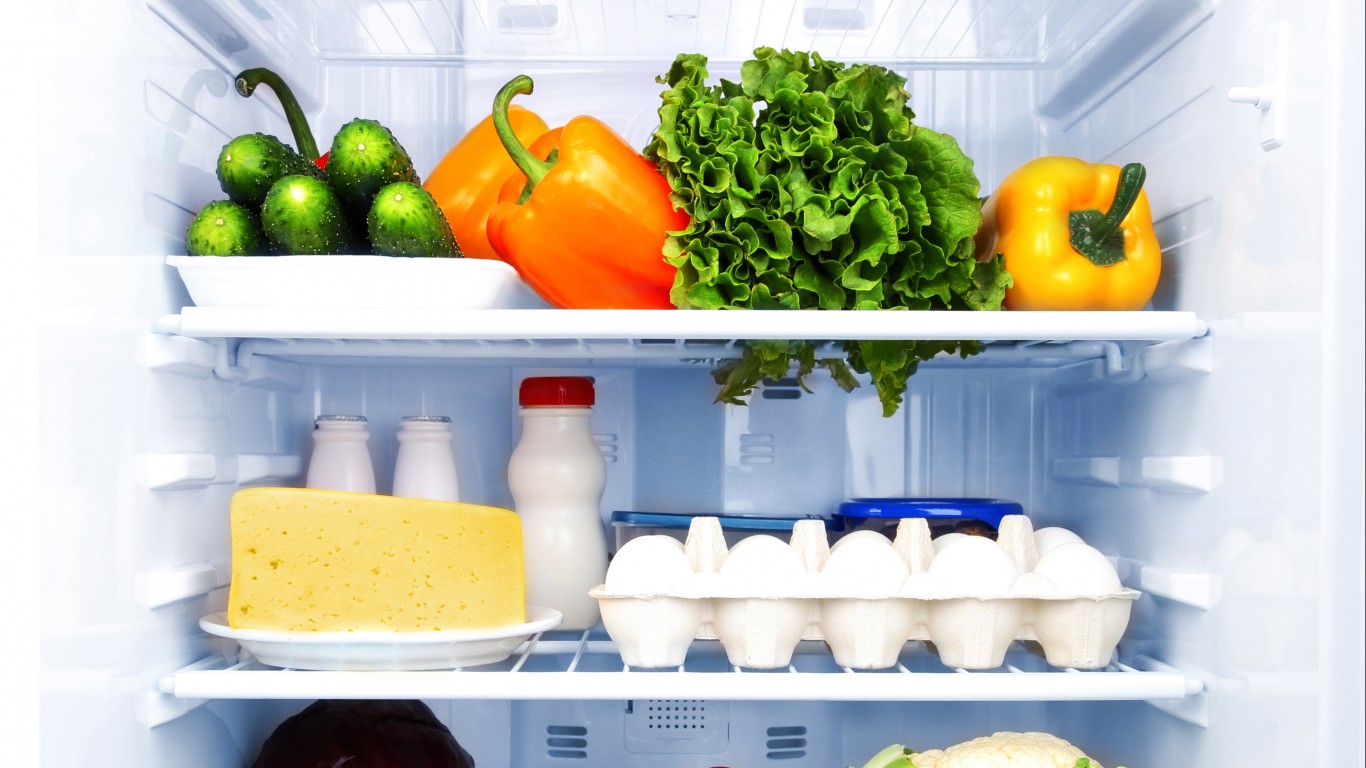
Not having room for it in the refrigerator or freezer
Turkeys are big creatures, especially when they get up into the 16- or 18-pound range and above. If you buy yours frozen a week or so ahead of time, you’ll want to keep it frozen until it’s time to start the thawing process, so you will need plenty of freezer room. And when it comes out of the freezer, you’ll need room in the fridge for its long, slow thawing.
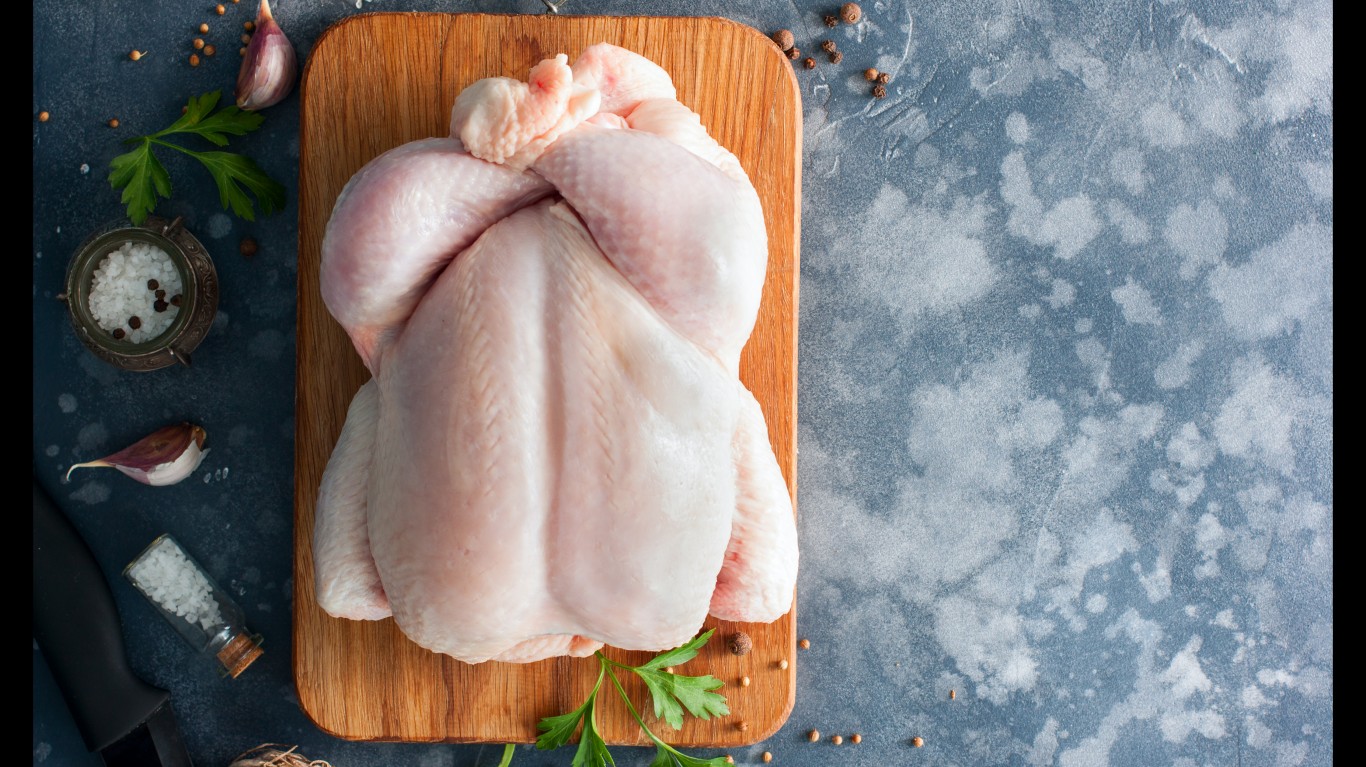
Not thawing it completely
If you buy a frozen turkey, be sure to remove it from the freezer early enough. You can roast a turkey that isn’t thoroughly thawed, but it will take much longer and be much harder to time. The best way to thaw one of these big birds is to place it, in its wrapper, on a tray in the refrigerator. It will take at least a day for every four pounds. Don’t be afraid to start early, because it will keep in the fridge for up to four days after it’s thawed.

Rinsing the bird
Like other poultry, raw turkey is likely to be covered with bacteria. This will be killed by roasting to a safe temperature, but many cooks think they should try to rinse the bacteria off the bird. Not so, says the USDA, which counsels: “Wash your hands, not the turkey!” It’s almost impossible to get all the bacteria off anyway, and all the process does is risk spreading E. coli, salmonella, and other bugs around your kitchen. But the hand-washing part is vital to avoid transmitting foodborne illnesses. The USDA recommends a 20-second scrub with soap and warm water — and use soap and warm water on any surfaces (platter, cutting board, etc.) the raw bird might touch.
[in-text-ad-2]
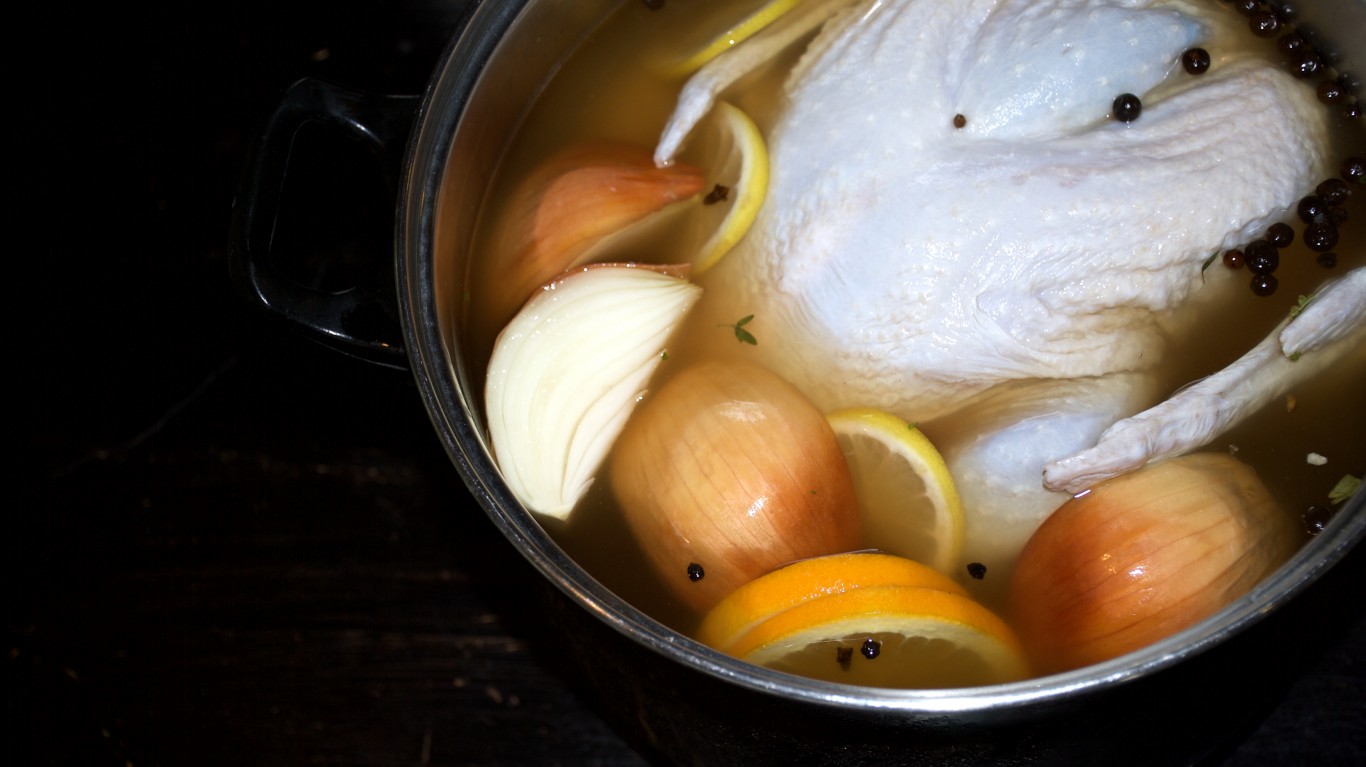
Brining the bird
Many home cooks — and professionals, too — recommend brining the bird in a solution of water, salt, sugar, and other ingredients before roasting. The problem, as other cooks point out, is twofold: it waterlogs the bird and it makes the turkey taste like luncheon meat. As no less an authority than award-winning chef and “Top Chef” host Tom Colicchio just tweeted: “Don’t brine the bird.”
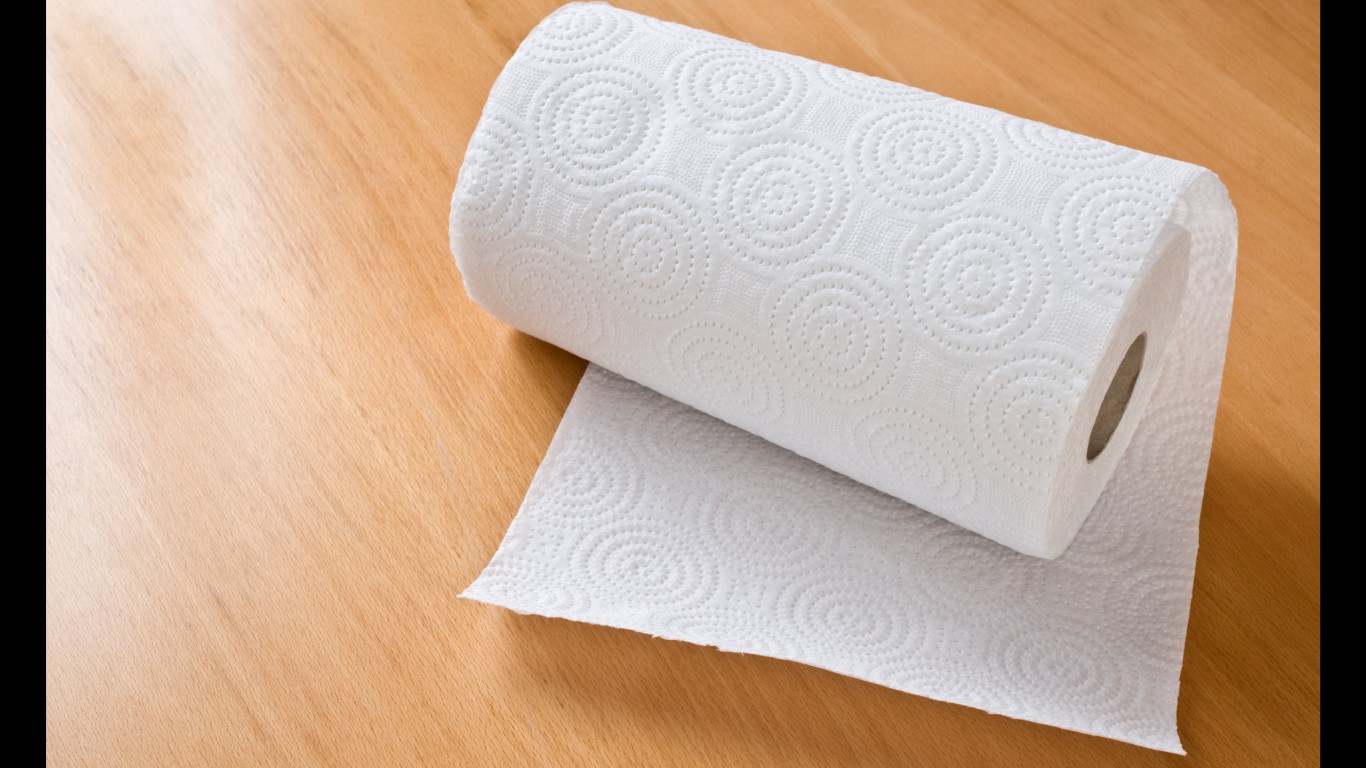
Not drying it thoroughly before roasting
If you want crispy skin on your turkey — and who doesn’t want crispy skin? — pat it dry thoroughly with paper towels before roasting it. If you have the time, leave the bird in the refrigerator for a few pre-oven hours, unwrapped and on a platter large enough to hold it with no overhang (so that the juices don’t drip). The arid environment in the refrigerator will dry the skin more efficiently that simply blotting it.
[in-text-ad]

Not trussing the bird
Once the turkey is well-seasoned, it should be trussed. Trussing a bird means tying it into a kind of bundle so that it cooks more evenly and the extremities (like the wing tips) don’t burn. There are many step-by-step instructions for the process online and in cookbooks, and a number of instructional videos on YouTube.

Not seasoning it all over
Some people like to rub butter or even duck fat on the exterior of their turkey before seasoning it. That’s fine, but it’s not essential. The seasoning part is. Once the bird is trussed, rub salt and pepper inside the cavity (don’t worry about the stuffing; see below) and then over every inch of the exterior. You may think you’re using too much seasoning, but you’re not. When you finish this task, though, wash your hands very thoroughly with soap and warm water.
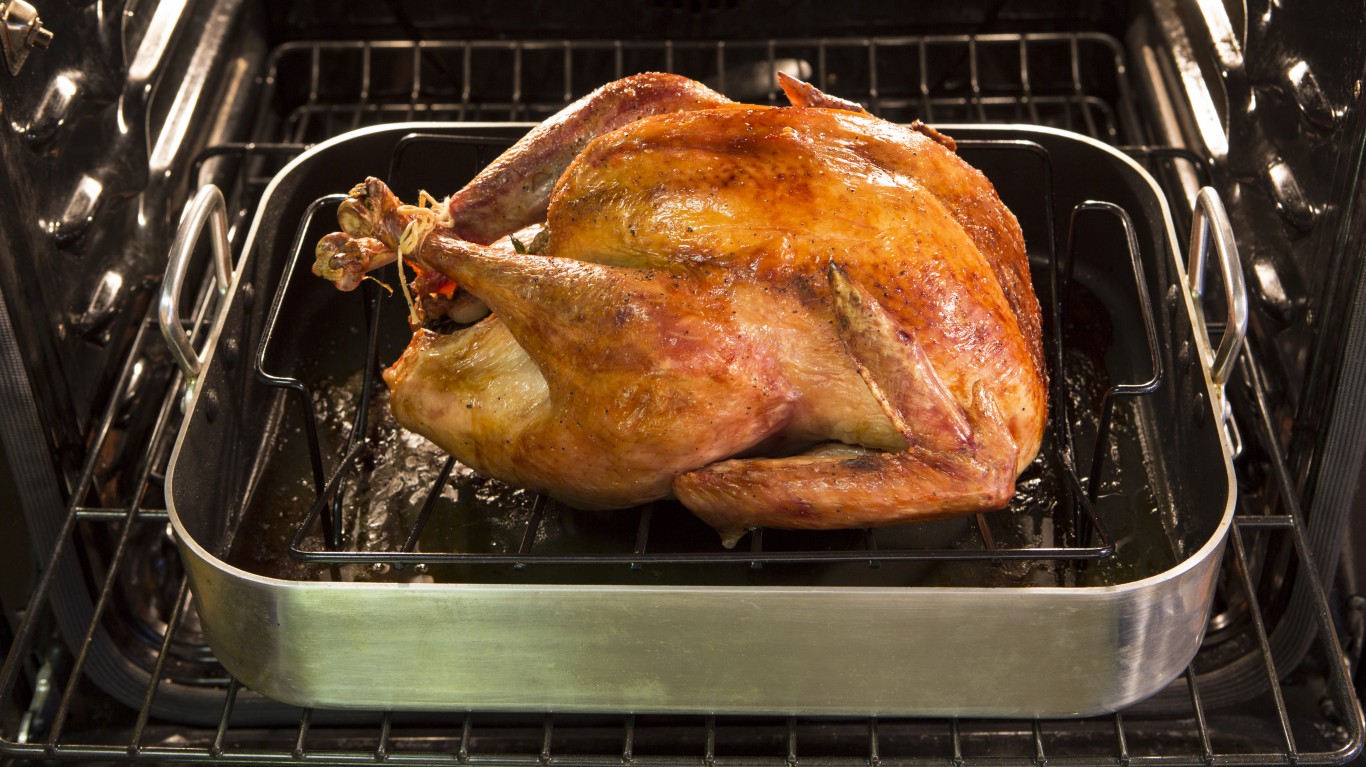
Not using a roasting rack
The point of setting the turkey on a rack is that it allows the oven heat to circulate evenly all around the bird. If the bottom of the bird rests on the pan bottom, it’ll end up damp and pale. If you don’t have a roasting rack, ball up a few pieces of aluminum foil and scatter them around the bottom of your roasting pan and set the bird on top of them.
[in-text-ad-2]

Putting the stuffing into the bird
Yes, generations of home cooks have roasted their turkeys with the cavities filled with stuffing and survived. But the stuffing, which usually involves breadcrumbs or some other porous substance, absorbs the raw turkey juices as the bird begins to cook, and those juices are often contaminated with bacteria. If you do stuff the turkey, the USDA recommends that both the meat itself and the stuffing are cooked to a temperature of at least 165 degrees F for safety. But the stuffing cooks more slowly than the turkey because it’s farther from the heat and by the time it gets to a safe level, the meat will be way overcooked and dried out. Bake the stuffing separately in a pan or casserole dish, and if you want to put something into the turkey cavity, make it a few bunches of savory herbs and/or a lemon or two.
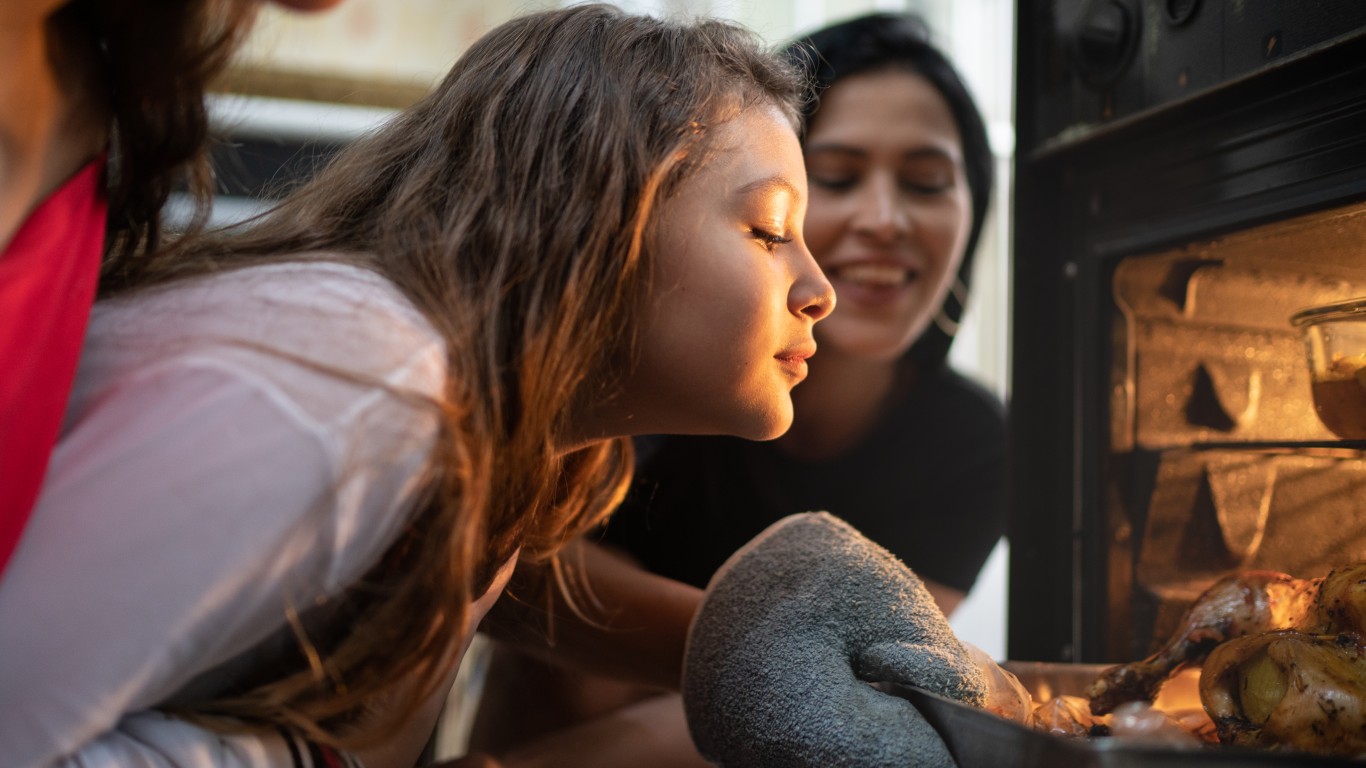
Opening the oven door too often
Once the turkey is in the oven, resist the temptation to open the oven door to see how it’s doing until you start checking the bird with a meat thermometer, roughly half an hour before you think it will be done.
[in-text-ad]
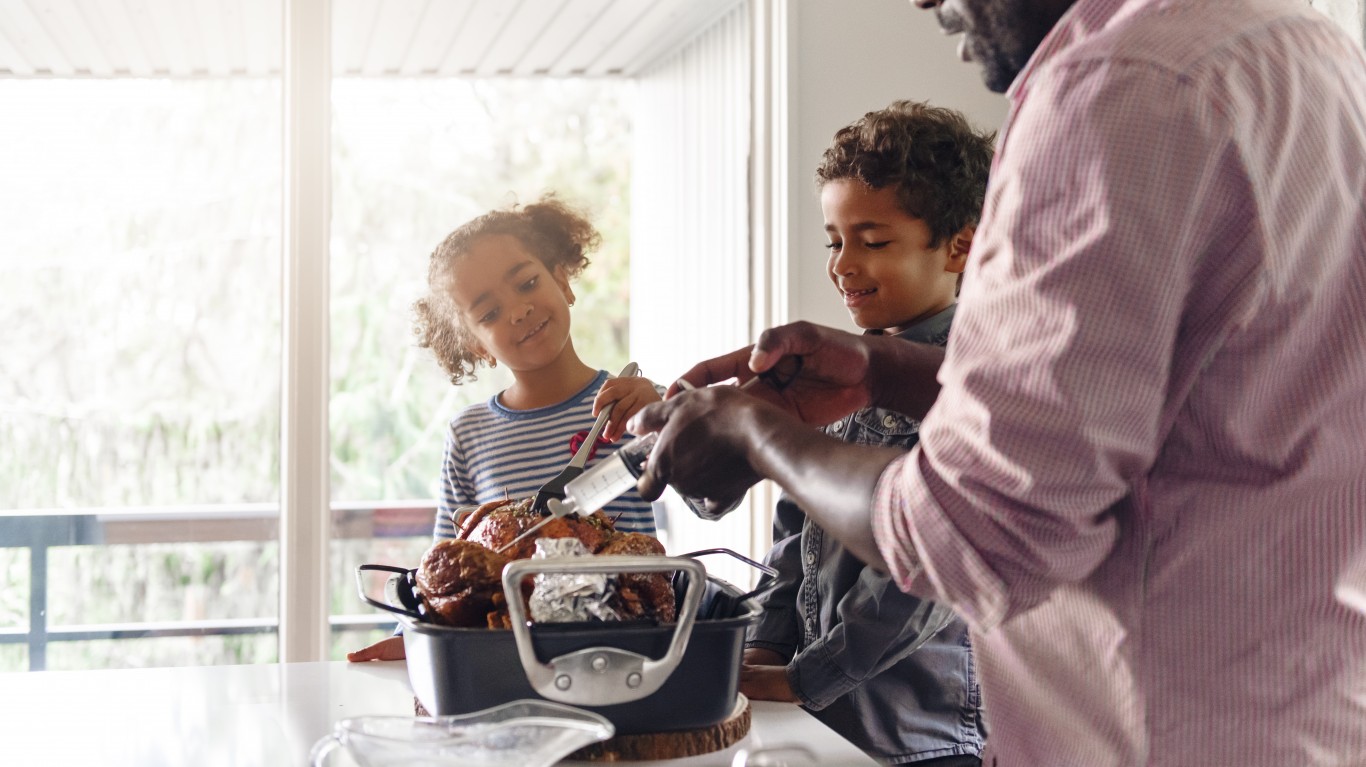
Basting the turkey
What about opening the door to baste the turkey, though? Most authorities today say that basting makes little difference in either the appearance or the moistness of the finished bird. It also prolongs the cooking time both because the drippings cool the meat’s surface slightly and because frequent opening of the oven door lowers the temperature of the oven interior. Besides, doing it is just one more thing to have to remember when you’re trying to coordinate an already complicated meal.

Not verifying your oven temperature
Make sure that the temperature inside your oven matches what’s set on the dial or display. Every oven is slightly different, and not all of them will have reached the temperature you want when the “preheated” signal goes off. You’ll need to leave a heatproof thermometer in the oven. Check it when you hear that signal, and if it doesn’t correspond to the temperature you’ve set, wait until it does.
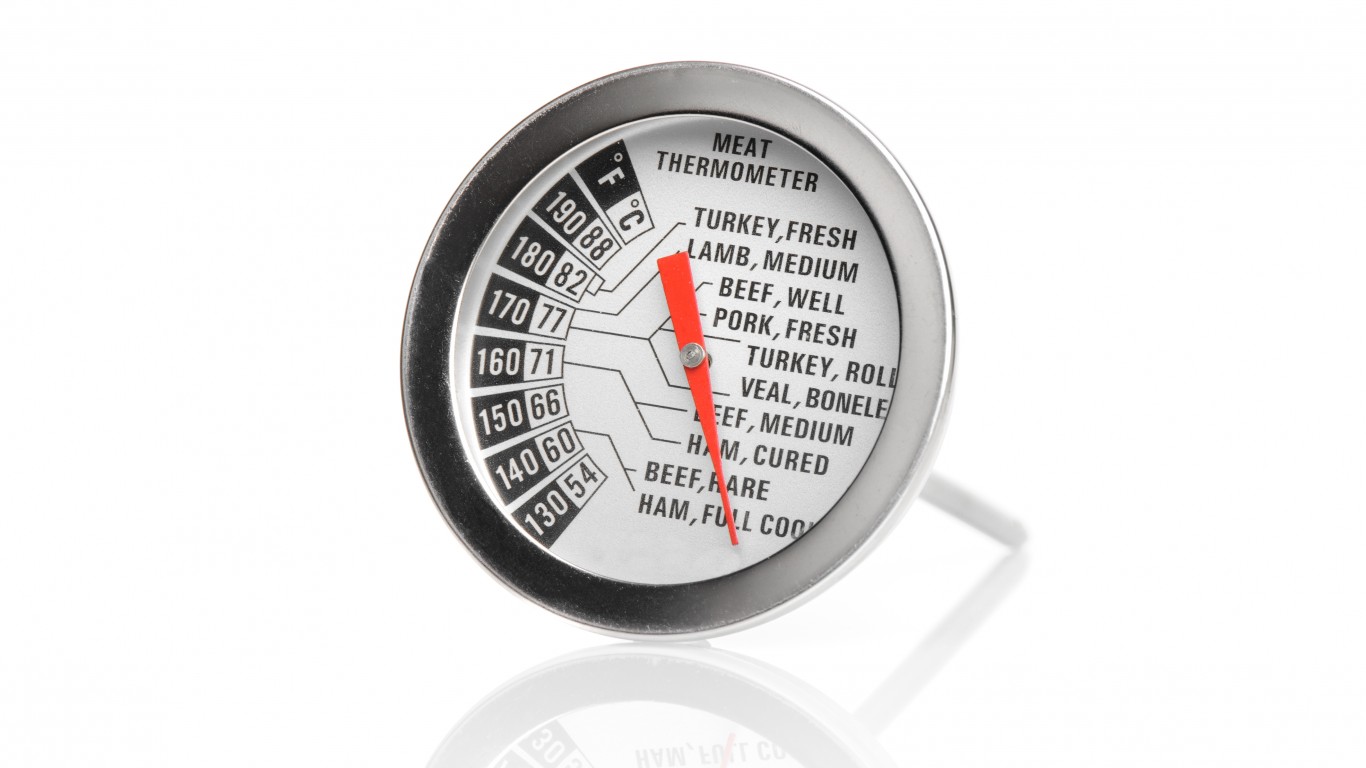
Not using a meat thermometer
Unless you’re a professional turkey-roaster (does such a job description even exist?), don’t trust cooking charts or intuition. Use a meat thermometer to check when the meat is done. Supermarket turkeys often come with a small indicator inset into the breast that’s supposed to do the work of a thermometer, but by the time these pop up, the turkey is often already overcooked.
[in-text-ad-2]
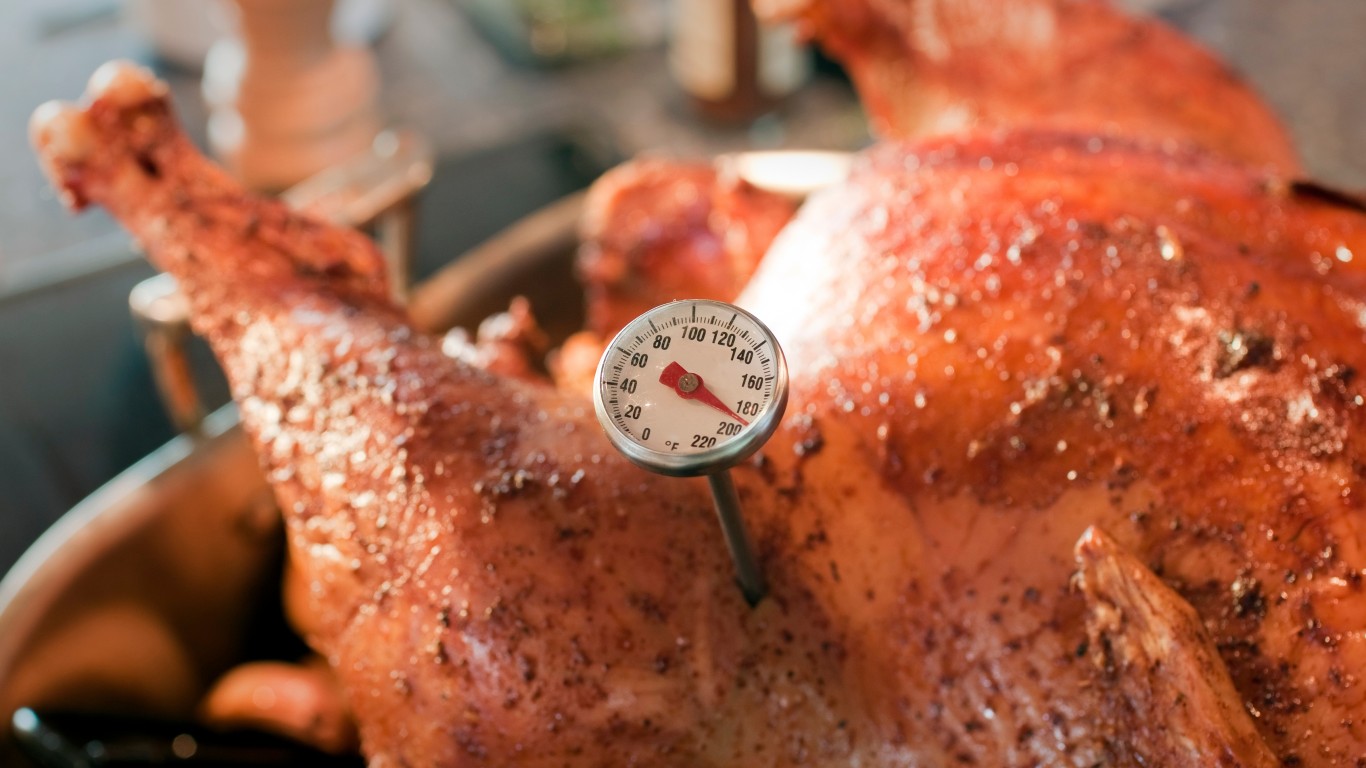
Inserting the meat thermometer in the wrong place
For your meat thermometer to work properly, it should be inserted in the right places. Put it into the thickest part of the breast on one side of the bird, holding it parallel to the bird’s neck and being careful not to let the tip touch bone. Then repeat the process on the other side. Next, insert the thermometer into the thickest part of the thigh, again avoiding the bone. Repeat that too.
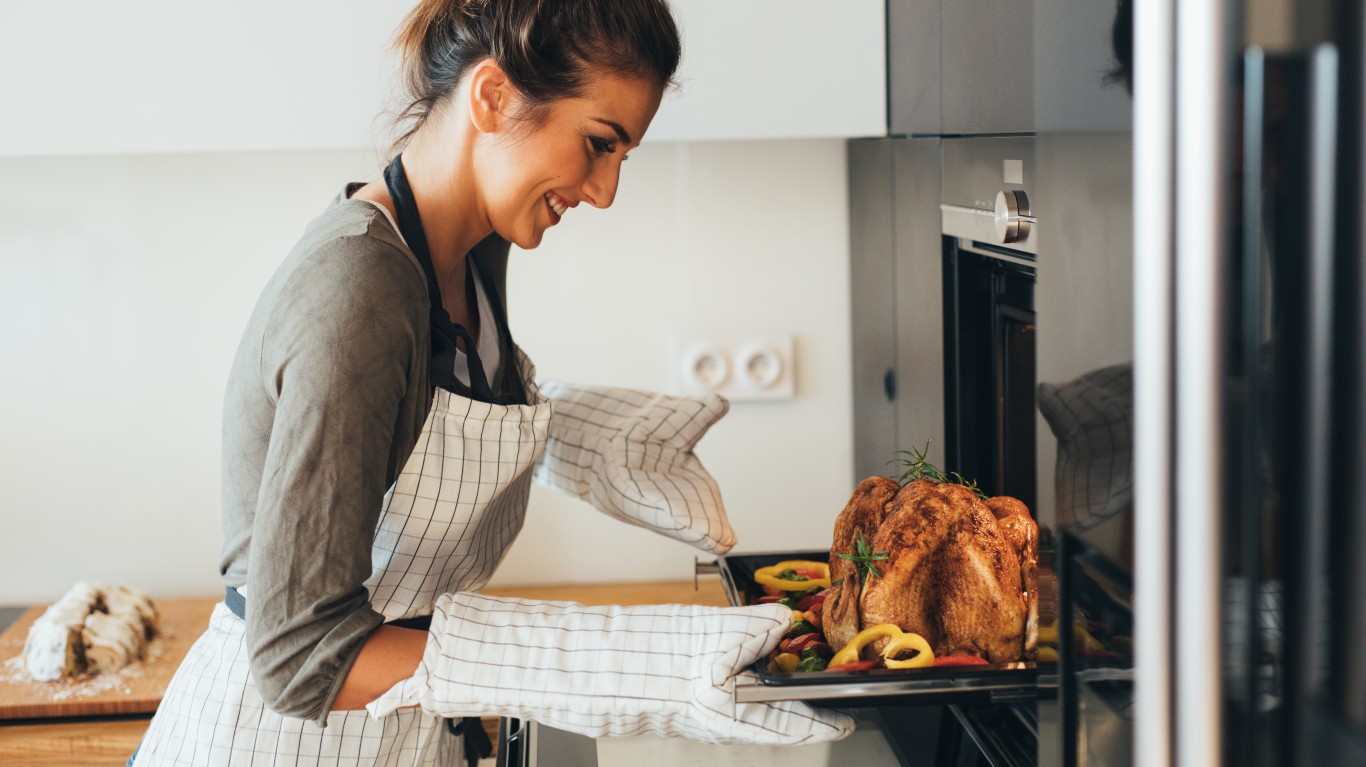
Overcooking the bird
The ideal temperature for cooked turkey meat is about 165 degrees F in the breast and 170 degrees F in the thigh. Estimate the cooking time for the bird using a chart, but then, about 30 minutes before you think it will be done, start checking it with the thermometer about every ten minutes.
[in-text-ad]
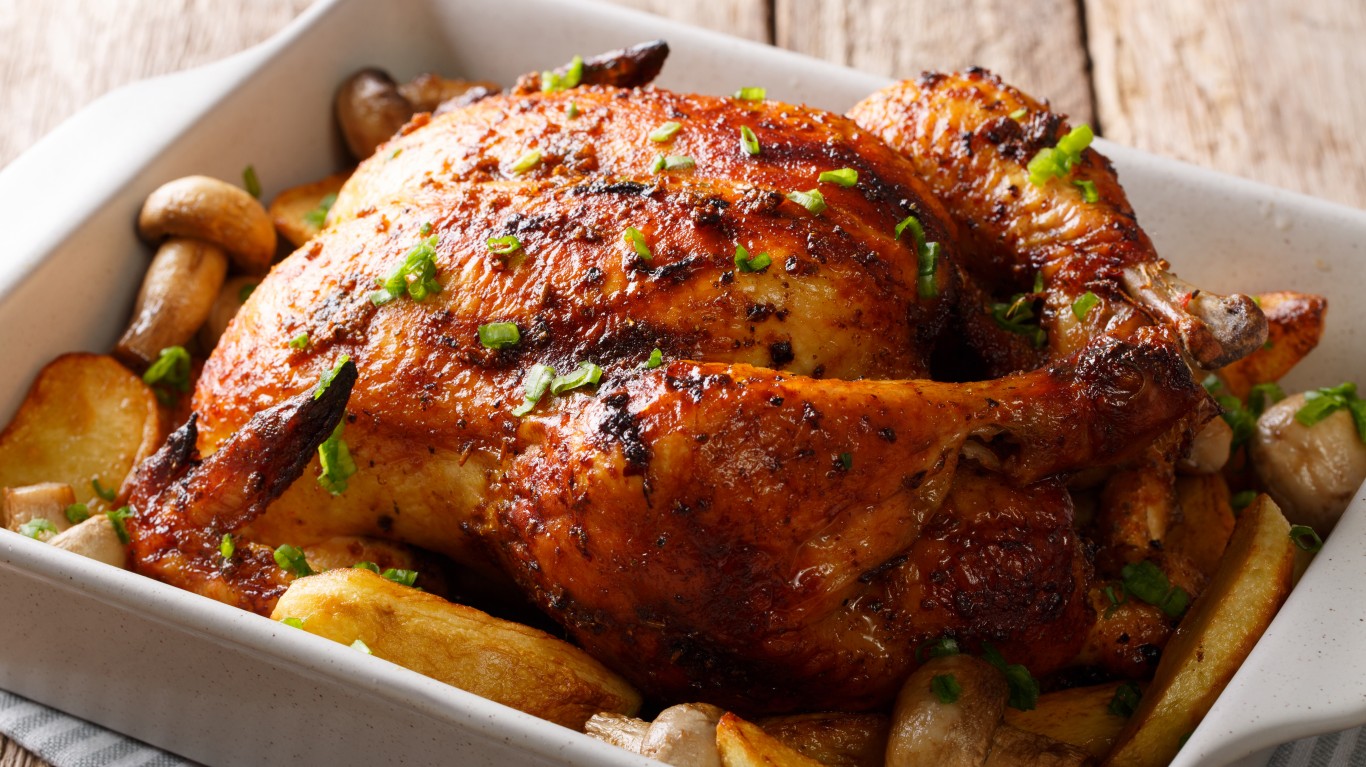
Not letting the turkey rest after roasting
Get an early start with your roasting, because once the turkey comes out of the oven, you should let it stand at room temperature for 45 minutes to an hour before carving. This gives the meat a chance to reabsorb its juices, so it will be moister. Don’t cover it with foil if you want the skin to stay crisp.

Wasting the pan drippings
When some cooks lift the turkey out of its roasting pan, they put the pan straight into the sink to soak for easier cleaning. Big mistake. The pan drippings, including any browned bits sticking to the bottom, are the makings of a great gravy. The turkey juices, fat, and browned bits all contribute flavor to the gravy. Look online for gravy-making directions, but the process is easy.

Not sharpening your carving knife
This is an essential step for carving any kind of poultry or meat. You can’t do a good job with a dull knife. If you’re adept at the task, sharpen the blade yourself (even just stropping it on a sharpening steel will help). If you’re not, most cookware stores and many hardware stores will sharpen knives for you — but you may have to wait a few days for the results, so start early. (Forget electric carving knives, by the way. They’re loud, hard to clean, and liable to leave the meat in stringy pieces.)
[in-text-ad-2]

Carving the bird at the table
It’s a pretty picture: the perfectly cooked turkey, glistening golden brown, brought to the table on a festive platter, then deftly dissected in front of a ravenous audience. Unless you’re a real pro at turkey-carving, though, the process can be a little messy, so it’s best done out of sight. Present the turkey to your guests just before you’re ready to carve to show off its beauty, then take it back into the kitchen, work your magic with your sharp knife (there are numerous online tutorials to help), and reemerge with a platter full of gorgeous, ready-to-eat meat.
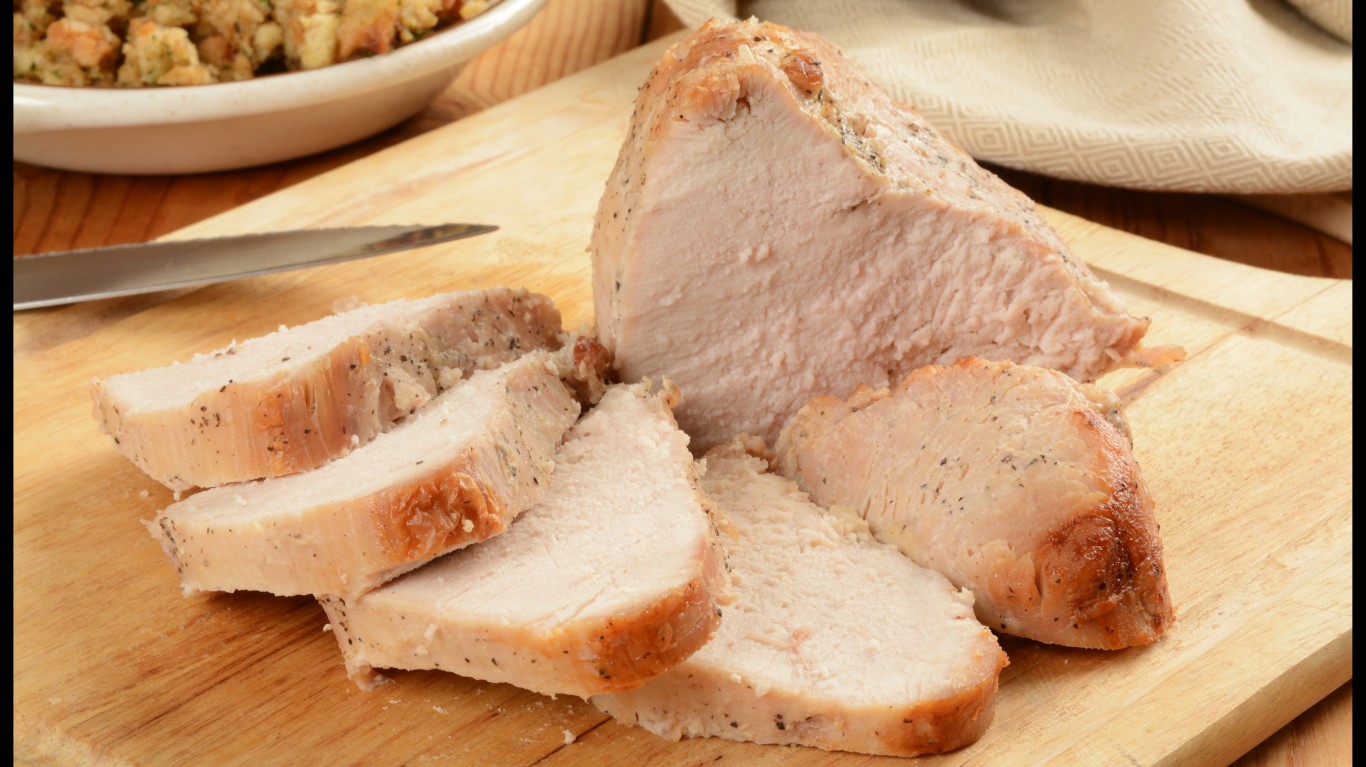
Carving the whole bird all at once
Unless you’ve got extra guests or a very small bird, leave some meat on the carcass. It will stay moister if you need more helpings, and it’s easy enough to remove for the leftover Tupperware later.
[in-text-ad]

Wasting the carcass and bones
Save all the turkey bones and that hulking carcass. They make intensely flavorful stock to use for soups, rice dishes, ramen, and other purposes. If you’ve had enough cooking for the next few days, put everything into large freezer bags and freeze it until you have time to make the stock.
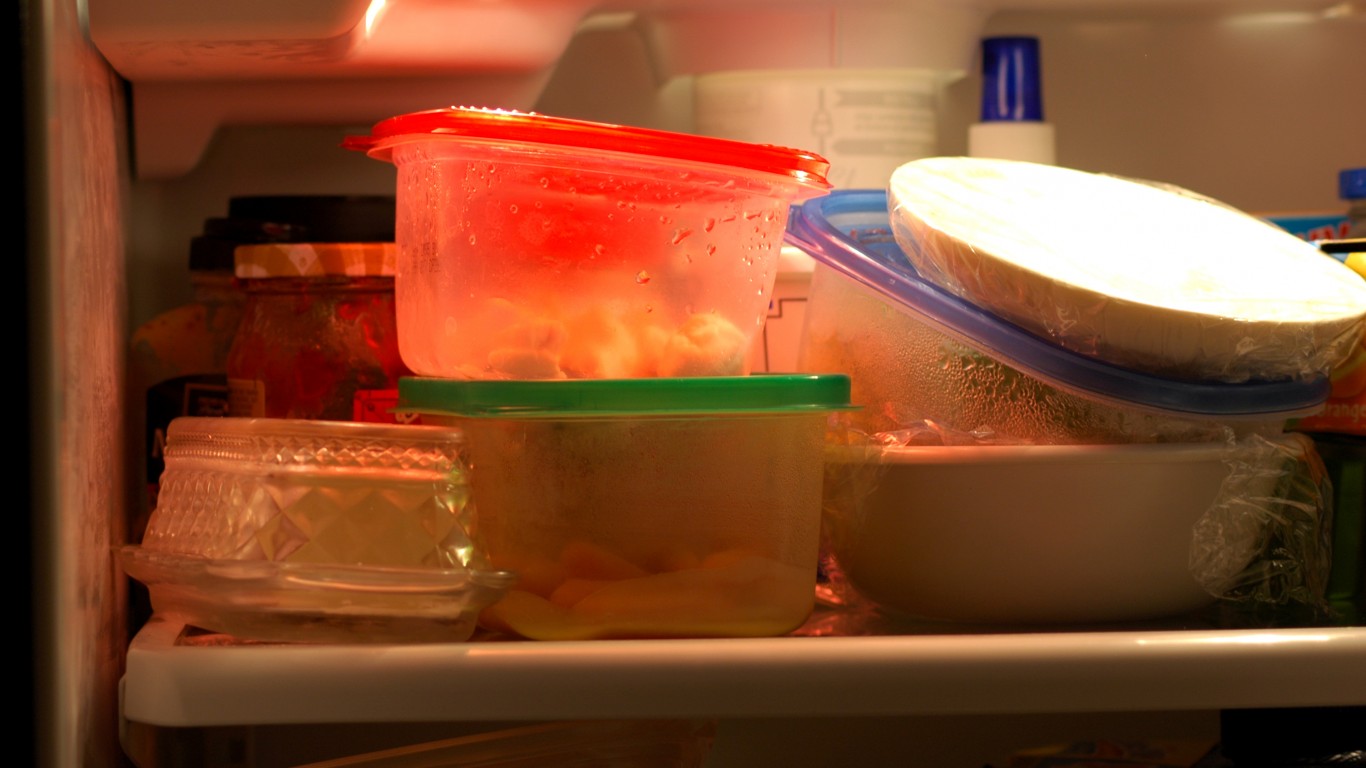
Keeping leftovers that have been out too long
For some, Thanksgiving leftovers are the best part of the meal. The USDA, however, warns against saving any turkey, gravy, or stuffing that has sat out on the sideboard or the table for more than two hours, as bacteria may have begun to grow on them. If they don’t get devoured quickly, you can always take these items back to the kitchen and loosely tent them with aluminum foil until seconds are needed.
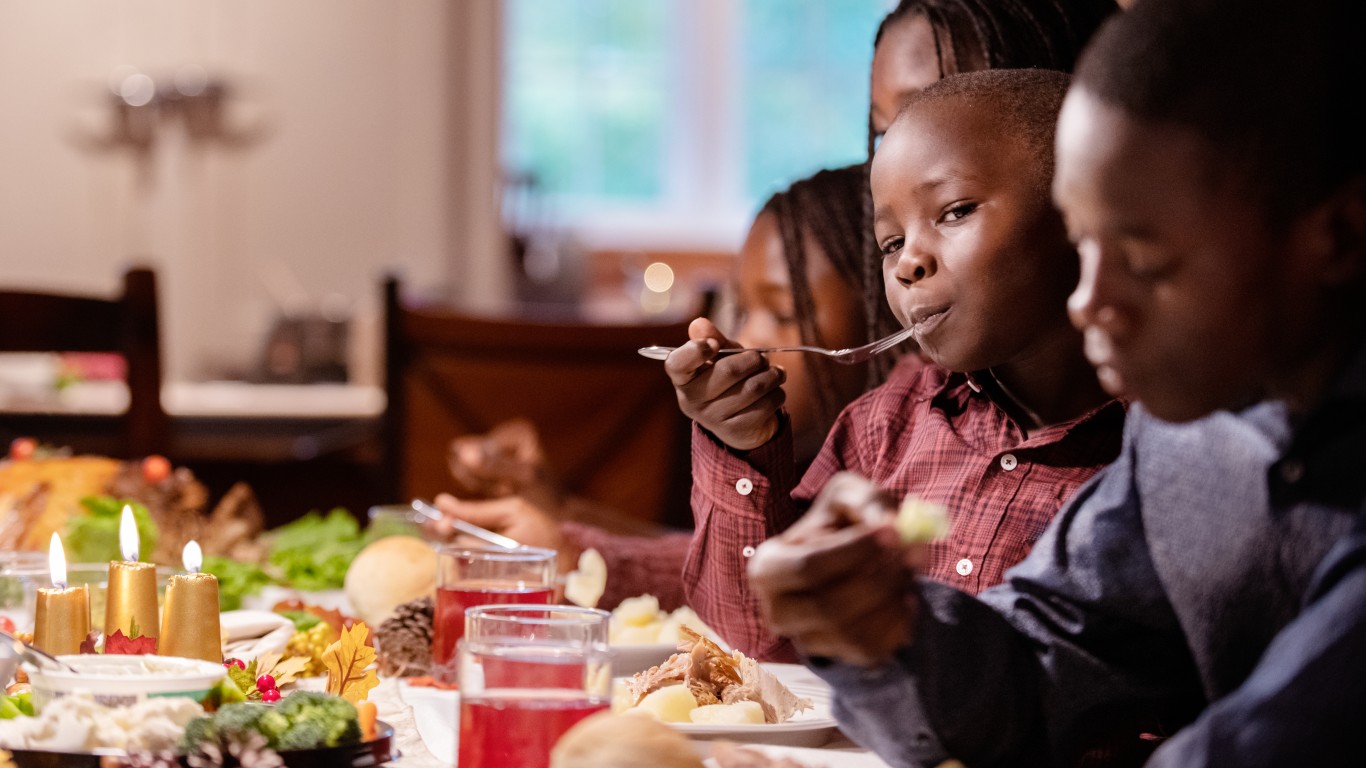
Worrying too much
Yes, there’s a lot to think about when you’re cooking a holiday turkey, and yes, you might make some rookie mistakes. Ultimately, though, as long as you don’t put raw meat on the table, everything will be all right. The point of Thanksgiving dinner is to share a table with family and/or friends and give thanks for the year’s blessings — while eating entirely too much delicious, traditional food. Is the turkey a little dry? That’s what the gravy and cranberry sauce are for. Does the meat look like it’s been through a wood-chipper? As long as there’s plenty of it, people probably won’t care. You’ve worked hard and you’re surrounded by those who mean a lot to you, so relax now and enjoy the holiday.
The last few years made people forget how much banks and CD’s can pay. Meanwhile, interest rates have spiked and many can afford to pay you much more, but most are keeping yields low and hoping you won’t notice.
But there is good news. To win qualified customers, some accounts are paying almost 10x the national average! That’s an incredible way to keep your money safe and earn more at the same time. Our top pick for high yield savings accounts includes other benefits as well. You can earn up to 3.80% with a Checking & Savings Account today Sign up and get up to $300 with direct deposit. No account fees. FDIC Insured.
Click here to see how much more you could be earning on your savings today. It takes just a few minutes to open an account to make your money work for you.
Thank you for reading! Have some feedback for us?
Contact the 24/7 Wall St. editorial team.